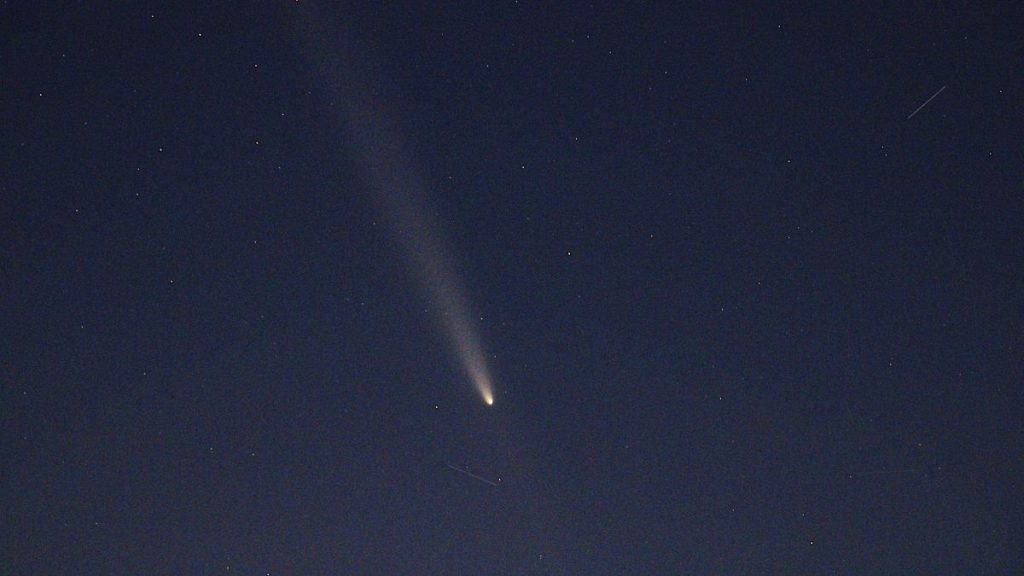Chiron isn’t your typical space rock. Measuring about 130 miles (210 kilometers) wide, it straddles categories, behaving partly like an asteroid and partly like a comet.
Others are reading now
Astronomers have made a curious discovery while tracking an unusual object orbiting between Jupiter and Uranus.
The rock, known as Chiron, has long puzzled scientists, but now it’s offering even more surprises, it appears to be forming rings.
Chiron: not quite an asteroid, not quite a comet
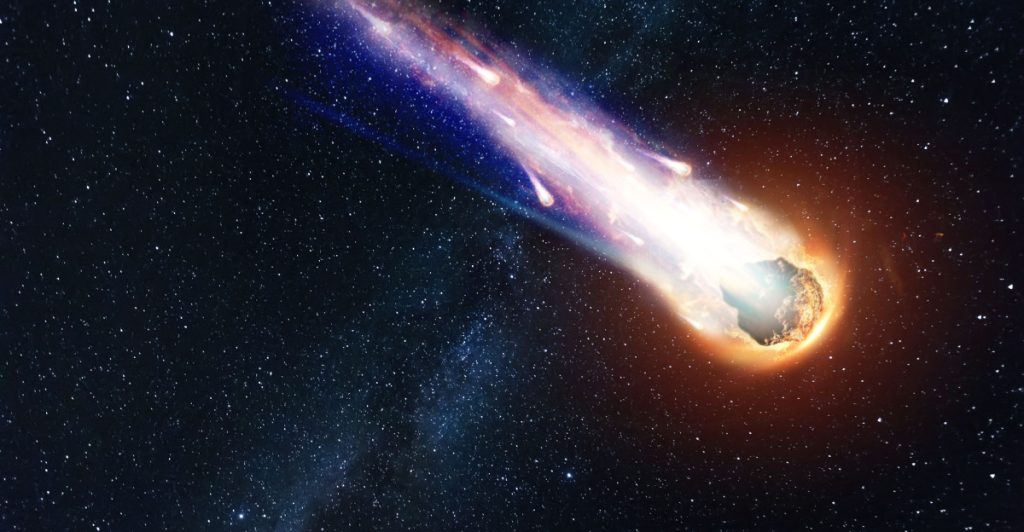
Chiron isn’t your typical space rock. Measuring about 130 miles (210 kilometers) wide, it straddles categories, behaving partly like an asteroid and partly like a comet.
Its odd behavior has intrigued astronomers for decades.
A rare breed known as a centaur
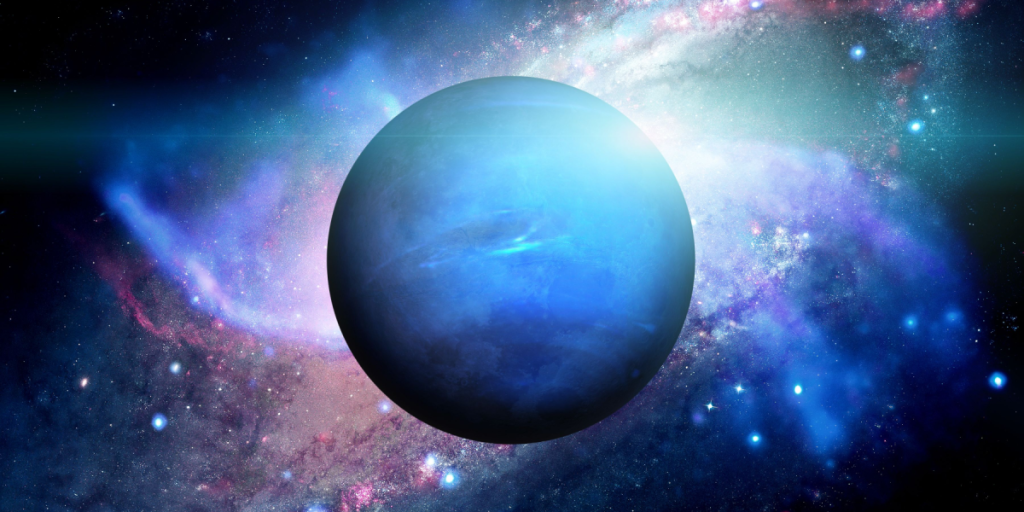
This enigmatic object belongs to a class of celestial bodies called centaurs. These are minor planets that orbit between Jupiter and Neptune, often crossing the paths of larger planets as they circle the sun.
Also read
The formation of rings raises new questions

The latest observations show ring-like structures forming around Chiron, a phenomenon usually reserved for much larger planets like Saturn or Uranus.
These rings appear to be changing and evolving over time, offering a glimpse into an active and dynamic process.
An unusually active environment
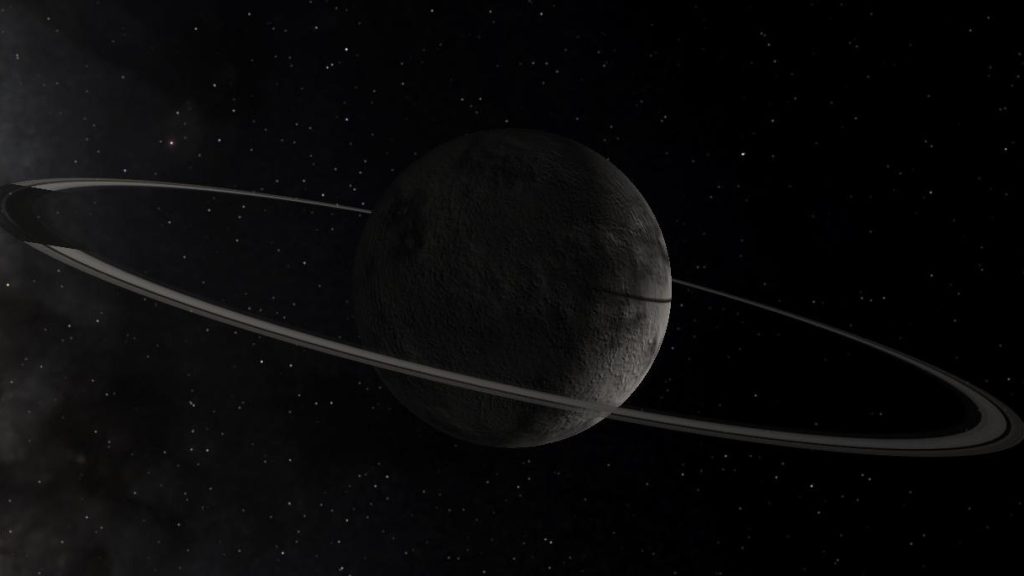
Data gathered in 2023 suggests these changes may have occurred within just the past few decades.
That’s a remarkably short timespan in cosmic terms, hinting at a surprisingly volatile environment around Chiron.
Capturing a rare moment from Earth
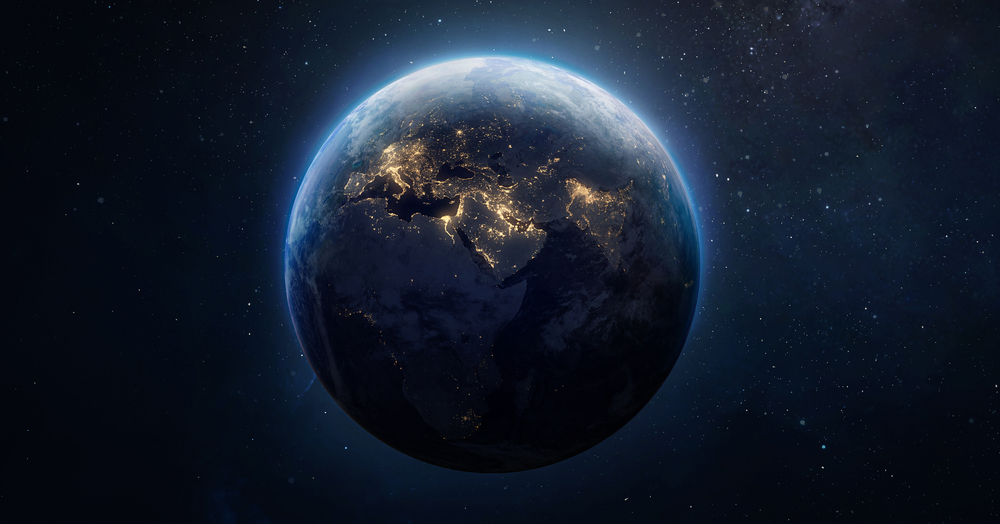
Studying Chiron is challenging due to its dimness and distance. But occasionally, it passes in front of a bright star, creating a perfect window for observation.
Also read
One such opportunity came in September 2023, when astronomers got a rare close-up.
31 telescopes, one brief opportunity

As Chiron crossed in front of a star for just a few seconds, 31 observatories across South America captured detailed data. The star’s light dimmed, not only from Chiron itself, but also from several surrounding structures.
A breakthrough in ring system mapping

“This allowed us to map the system in unprecedented detail,” said Brazilian astronomer Chrystian Pereira.
The eclipse clearly revealed three rings, with two inner rings thought to be close enough to interact with Chiron’s gravity.
Evidence of rapid change in space
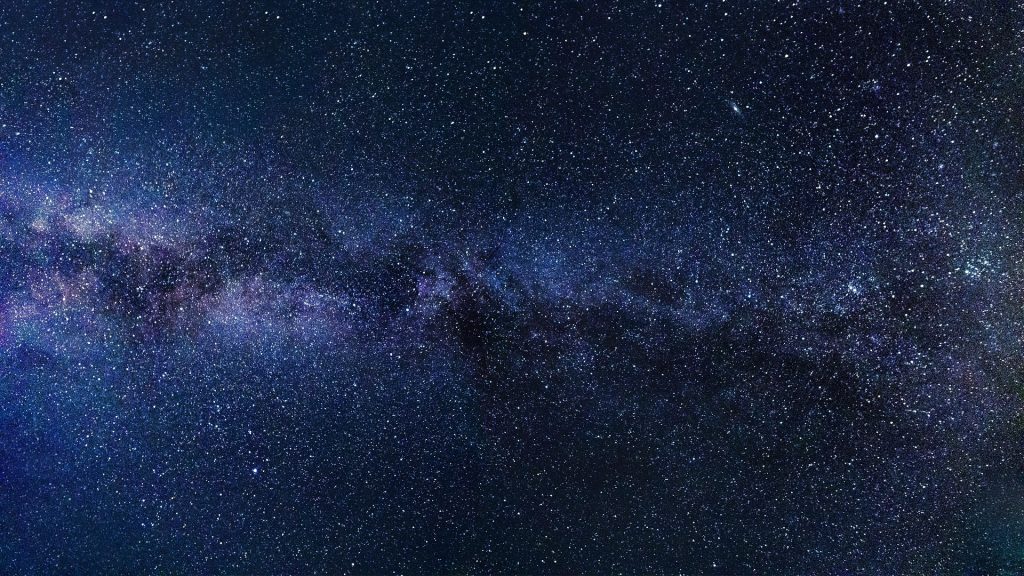
These latest images differ significantly from those captured in 2018 by a separate team led by Amanda Sickafoose at the Planetary Science Institute in the US.
Also read
The discrepancies suggest that the structures around Chiron are constantly shifting.
A cosmic ‘missing link’?

Pereira’s team believes they may be witnessing a ring system in the making.
“The material ejected by Chiron appears to be gradually settling,” they explained shaped by gravity and collisions into the ring structures seen today.
Not just a curiosity, but a cosmic lab
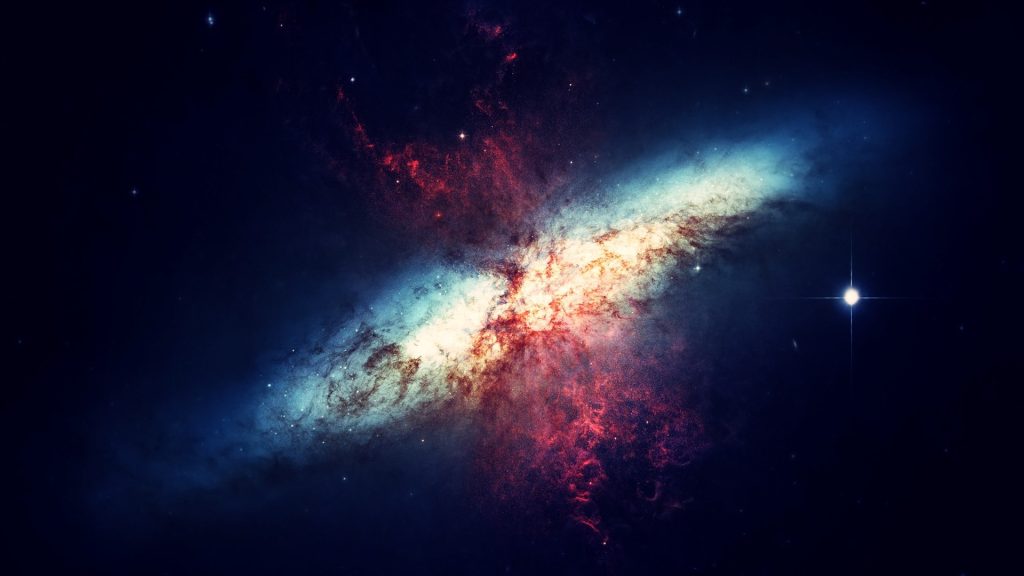
Despite its small size, Chiron may serve as a natural laboratory for scientists. Watching this ring system evolve in real time could offer valuable clues about how rings form, not just around planets, but around smaller bodies too.
A glimpse into planetary evolution

Both research teams suggest Chiron offers a rare window into an intermediate phase of ring formation. “It may represent a missing link,” they wrote, a snapshot of the process in motion, rarely seen in such clarity.
Also read
A rock rewriting the rules of our solar system
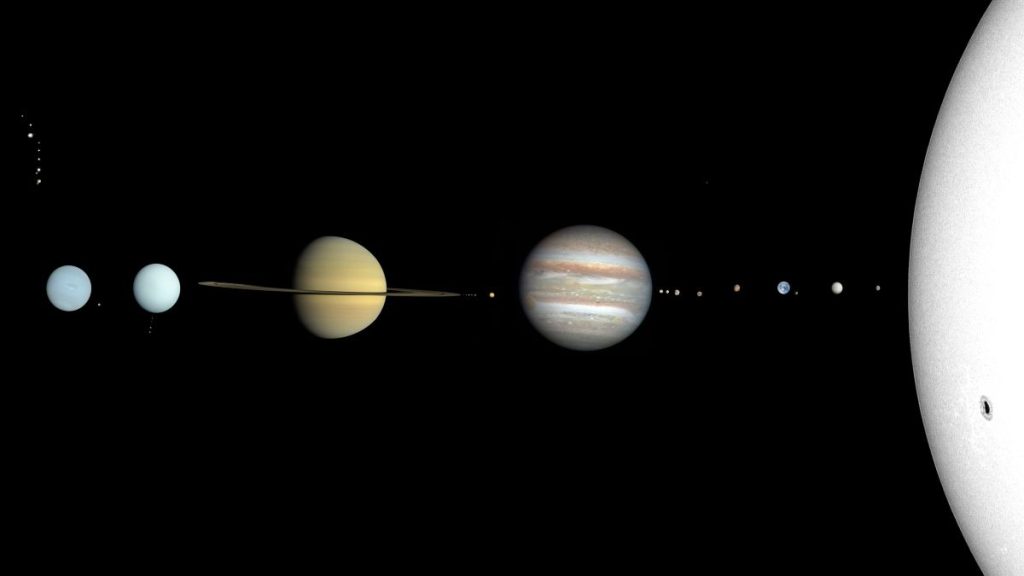
Chiron might not be large, but its behavior is rewriting what scientists thought they knew about ring systems. As telescopes continue to track its journey, this bizarre centaur could unlock even more secrets from the edge of the solar system.

